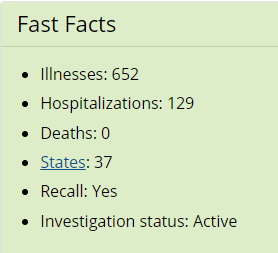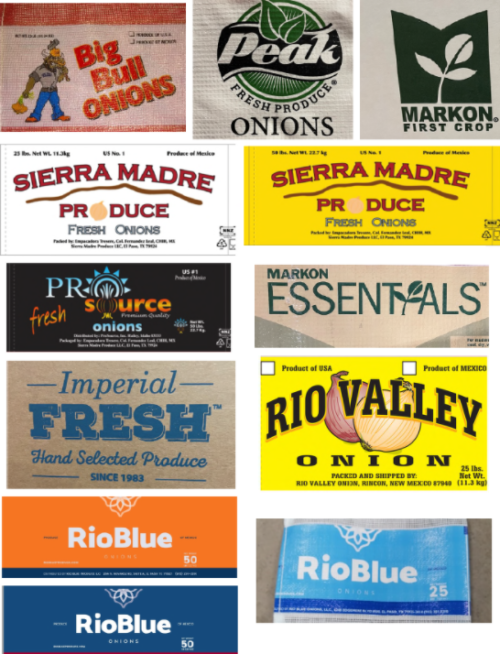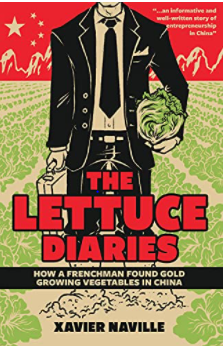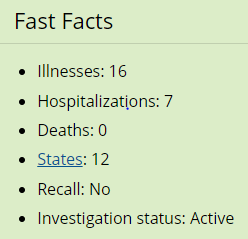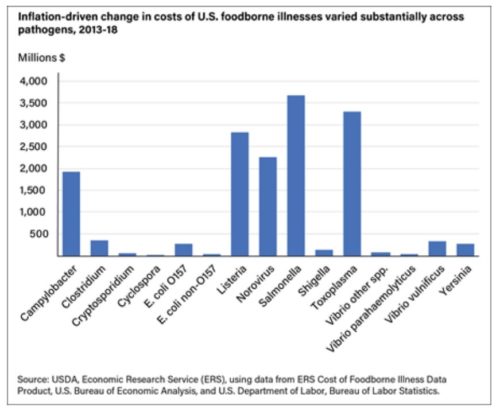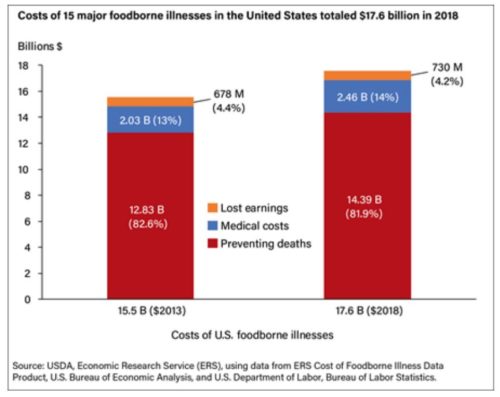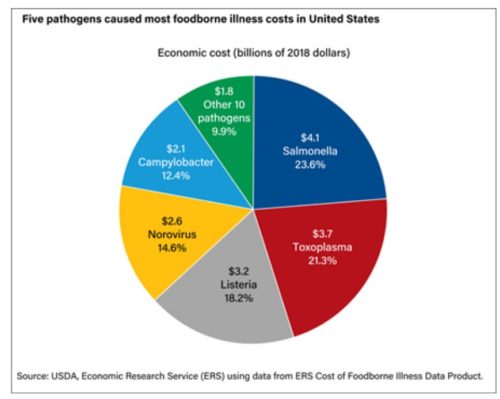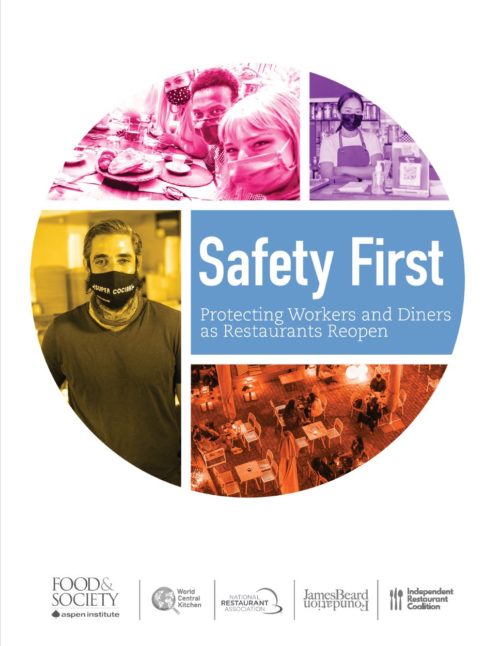FDA at work: another try at produce safety
Leafy greens pose a seemingly intractable food safety problem.
- They are responsible for many harmful and deadly outbreaks of toxic E. coli (lawyer Bill Marler has a handy table listing outbreaks from 1995 to 2019).
- They are mostly eaten raw.
- They are often grown on land adjacent to dairy farms or cattle grazing or irrigated with water containing waste from animal agriculture.
The FDA is now taking on this last point. It is is proposing standards for water use on produce for human consumption: FDA. Standards for the Growing, Harvesting, Packing, and Holding of Produce for Human Consumption Relating to Agricultural Water: Notice of proposed rulemaking. The key provisions:
This proposal would replace the microbial criteria and testing requirements for pre-harvest agricultural water for covered produce (other than sprouts) with provisions for systems-based agricultural water assessments that are designed to be more feasible to implement across the wide variety of agricultural water systems, uses, and practices, while also being adaptable to future advancements in agricultural water quality science and achieving improved public health protections. Additionally, we are proposing to require
expedited mitigation for hazards related to certain activities associated with adjacent and nearby lands, in light of findings from several recent produce outbreak investigations.
Translation: Farms would have to assess where contamination of irrigation water might occur and take steps to prevent it, but will not have to test the water.
In its press release, the FDA says:
Today, the U.S. Food and Drug Administration issued a proposed rule that aims to enhance the safety of produce. It proposes to require farms to conduct comprehensive assessments that would help them identify and mitigate hazards in water used to grow produce. This is the latest step in the agency’s implementation of the FDA Food Safety Modernization Act (FSMA), and it proposes to replace some of the existing requirements for agricultural water in the Produce Safety Rule (PSR).
This updates the FDA’s previous attempts:
- Food Safety Modernization Act Proposed Rule on Agricultural Water
- Agricultural Water Assessment Fact Sheet
- FSMA Final Rule on Produce Safety
Food safety lawyer Bill Marler asks: Is FDA creating a HACCP for Produce? Are assessment and mitigation going to create safer produce?
He notes that the FDA is focusing on “pre-harvest risk assessment of water risk as opposed to water testing for pathogens generally.” This requires produce growers to evaluate local pathogen risks such as cattle operations and/or wild animal populations and then take measures to prevent them from contaminating water supplies.
But without having to test the water, it’s going to be hard to confirm that the assessment of risk actually reduces it. Marler says:
So, in my view the jury is still out on 1) will eliminating water testing and increasing assessments make for a safer product? and, 2) should there not be a recognition that produce is essentially a “ready-to-eat” product grown outside with the risks inherent by what is directly around it or what may blow or flow to it, and therefore a broader environmental approach will be required to assure produce safety?
Is the FDA backing off of safety requirements? The link explains how to file comments. Now is the time to weigh in.

